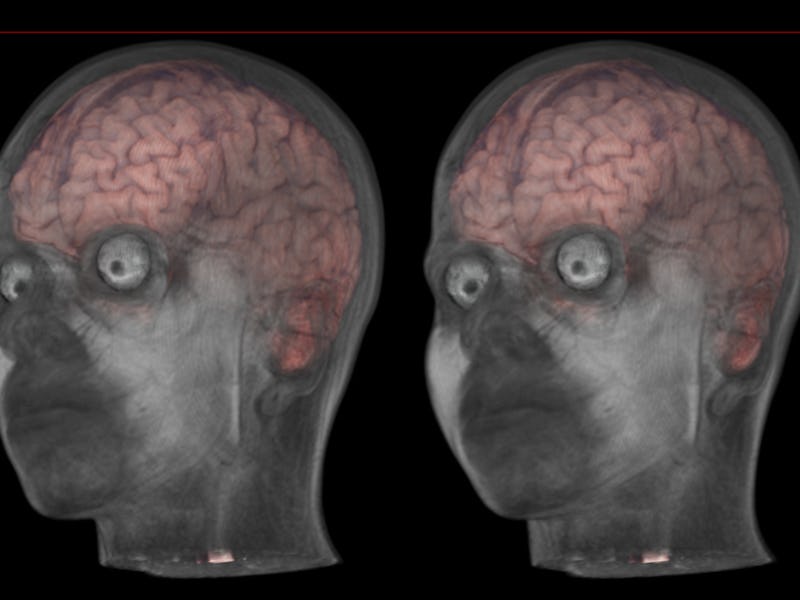A Nootropics Shopping List: What Works for What
Being smart about smart drugs might mean choosing well -- or avoiding them altogether.

Coined in 1972 by a Romanian psychologist, the term “nootropics” refers to a group of “smart drugs” intended to enhance and improve brain behavior. Nootropics have a different reputation in different places: They are widely embraced in Silicon Valley and viewed with so much skepticism by the FDA that the agency refuses to give them their own classification.
Because every brain is different and their active ingredients differ widely, nootropics can produce diverse outcomes. Below is a list of some of the more common and available nootropics. Each has particular benefits, which can’t be guaranteed, and different side effects, which are similarly unpredictable.
Name of Nootropic: Bacopa Monnieri
Supposed Benefits: Think gingko biloba: improved memory, decreased anxiety.
Potential Side Effects: Nausea, indigestion, cramping, diarrhea. Bacopa is an herb, and herbs can cause cramps. This is a fact of herb life.
Name of Nootropic: L-theanine
Supposed Benefits: L-theanine is a kind of poor man’s narcotic, said to boost confidence and often paired with caffeine (either in powder or coffee form) to stave off that jittery feeling.
Potential Side Effects: A too-high dosage is known to trigger malaise, which is never fun.
Name of Nootropic: Choline
Supposed Benefits: Staving off memory loss, improving metabolism, providing an energy boost. There are a lot of reasons choline is great for you, and few side effects. Here’s a great write-up on choline’s deep biology effects on improved cell signaling and nerve impulse transmission from the Linus Pauling Institute.
Potential Side Effects: Some report nausea, heartburn, insomnia, but by and large choline is like the table salt of nootropics. It’s frequently paired with piracetam (see below) to enhance both of their effects.
Name of Nootropic: Piracetam
Supposed Benefits: Piracetam has been tested for its effects at staving off neurological disorders like Alzheimer’s, but is not a substitute for medication. Benefits mostly derive from its improved effects on concentration, focus, and memory recall.
Potential Side Effects: Very few downsides are reported, the most frequent being disturbed/“segmental” sleeping patterns.
Name of Nootropic: Selegiline
Supposed Benefits: Blocks the breakdown of dopamine, a neurotransmitter associated with the brain’s pleasure centers.
Potential Side Effects: Some users report trouble sleeping, dizziness, nausea, and diarrhea; also, messing with dopamine levels over a long period of time might not be a good idea because happiness is a good thing.
Name of Nootropic: N-Acetyl-Semax
Supposed Benefits: Increased confidence and improved communication skills.
Potential Side Effects: Very few, and somewhat rare, NASA is highly rated. (One critic reported the only downside was “running out of NASA.”) Some report interrupted sleep patterns, conflicts with Dopamine, and habit formation, which is only a problem if you, again, run out of the stuff.
Name of Nootropic: Modafinil
Supposed Benefits: Promotes “wakefulness” in sleep-deprived people; improves memory/mood; increases resistance to fatigue
Potential Side Effects: Causing sleep interference and sometimes conflicts with other medications, as well as appetite suppression, Modafinil qualifies as “doping” and everywhere rests at the fringes of legality.